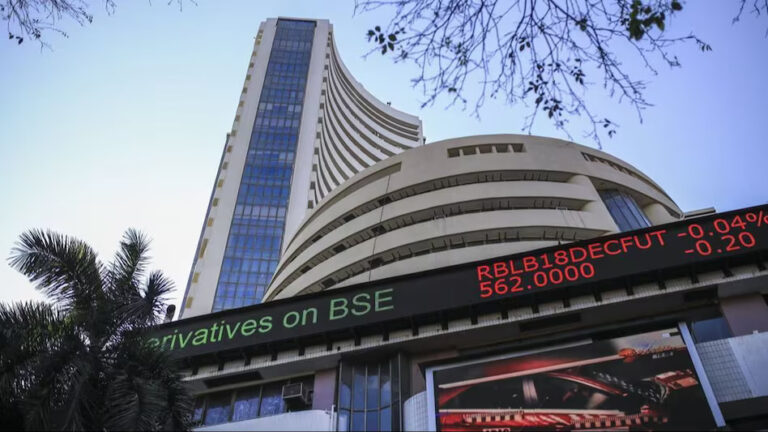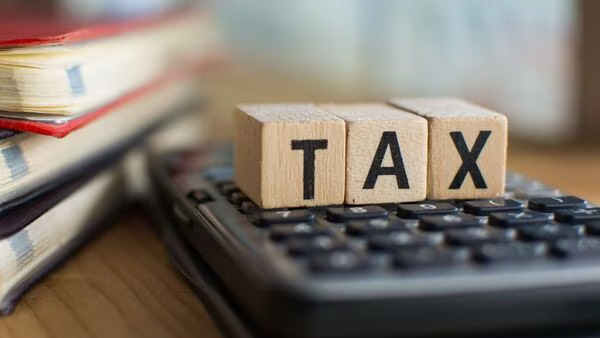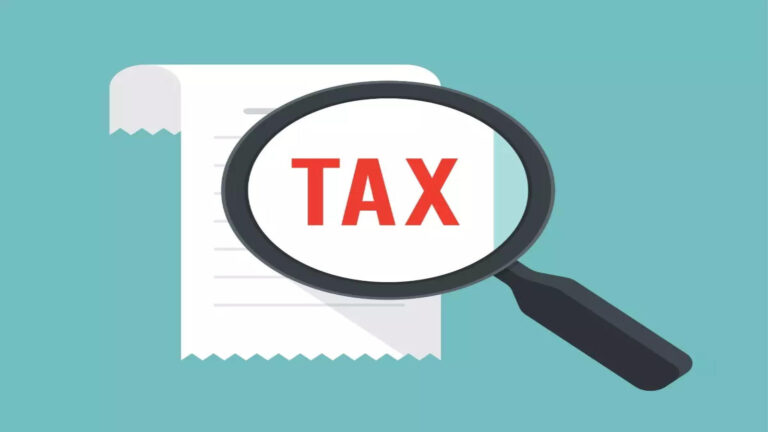How Many Indians Became US Citizens in 2022 According to the CRS Report?

In 2022, the United States welcomed a significant number of new citizens from across the globe, with Indians forming a notable portion of this group. According to a recent report from the Congressional Research Service (CRS), a total of 65,960 Indians were granted American citizenship, positioning India as the second-largest source country for new citizens in the U.S. after Mexico.
Also Read: Pune-Based Agri-focused Deeptech Startup Ecozen Raises $30 Mn
Contents
Understanding the Broader Context
The CRS report offers a comprehensive look at the naturalization trends in the U.S. for the fiscal year 2022. During this period, a total of 969,380 individuals achieved naturalized U.S. citizenship. Mexico led the list with 128,878 citizens naturalized, followed by India, which saw nearly 66,000 of its nationals become American citizens.
The significant number of new citizens from India reflects broader demographic trends. The American Community Survey data from the U.S. Census Bureau in 2022 estimated that around 46 million foreign-born persons resided in the United States, making up approximately 14 per cent of the total U.S. population of 333 million. Out of these foreign-born residents, about 24.5 million, or 53 per cent, are reported as naturalized citizens.
India in Focus
The CRS report highlights the prominence of Indian nationals among new U.S. citizens. As of 2023, there are 2,831,330 foreign-born American nationals from India, making it the second-largest group after Mexicans, who number 10,638,429. This statistic underscores the significant role the Indian diaspora plays in the cultural and social landscape of the U.S.
However, not all is straightforward for Indian nationals in the U.S. The report notes that 42 per cent of the India-born foreign nationals living in the U.S. are currently ineligible to become U.S. citizens. Additionally, as of 2023, about 290,000 India-born foreign nationals holding Green Cards were potentially eligible for naturalization, pointing to a pool of applicants who might soon contribute to the changing demographics.
Challenges in Naturalization
The CRS report does not shy away from addressing some of the systemic issues faced by those seeking U.S. citizenship. It particularly highlights the backlogs in processing naturalization applications at the United States Citizenship and Immigration Services (USCIS). Notably, from the fiscal year 2020 to 2023, USCIS significantly reduced its backlog from 943,000 applications to about 408,000. Despite this improvement, the number of naturalization applications filed in FY2023 was 823,702, well below the estimated population of 9 million lawful permanent residents (LPRs) eligible to naturalize in that year.
Naturalization Rates and National Origin
The CRS report also examines how the percentage of naturalized foreign-born individuals varies significantly by national origin. Immigrants from Honduras, Guatemala, Venezuela, Mexico, El Salvador, and Brazil have the lowest percentages of naturalized foreign-born, while those from Vietnam, the Philippines, Russia, Jamaica, and Pakistan have the highest. This variance underscores the different challenges and opportunities faced by immigrants from different backgrounds.
Conclusion
The influx of Indian nationals becoming U.S. citizens in 2022 is a testament to the ongoing contributions and integration of Indian immigrants into the fabric of American society. While the pathway to citizenship is fraught with challenges, including significant processing backlogs and eligibility issues, the persistence of these individuals in navigating this complex process reflects their commitment to making the U.S. their new home. This trend not only enriches the multicultural landscape of America but also reinforces the vital role immigration continues to play in shaping the nation’s identity and future.





